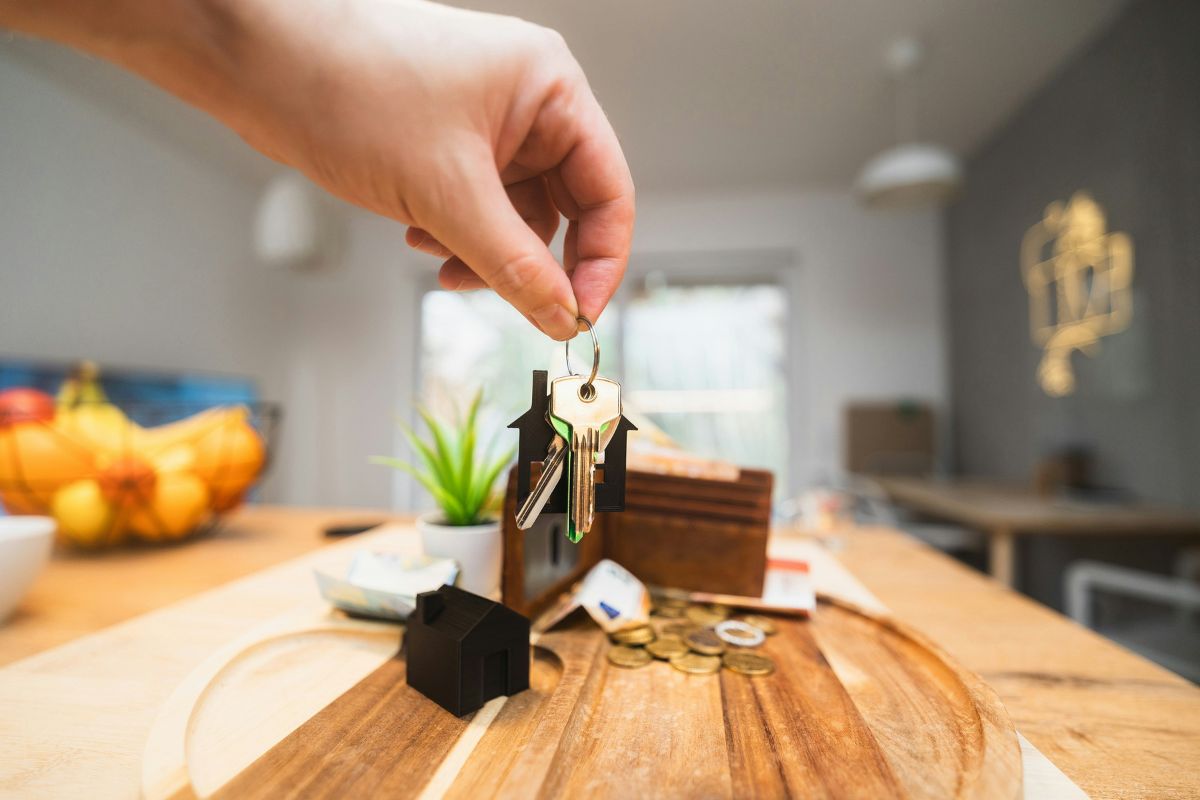Update on Perrottet’s NSW stamp duty reform
NSW Premier Dominic Perrottet has long been flagging an overhaul of the state’s current stamp duty system, claiming it is preventing a large number of first time buyers from getting into the market and contributing to a lack of housing affordability.
Now, he has introduced it to parliament and will be hoping it gets plenty of traction and widespread approval in the lead up to the state election in March next year.
So, let’s take a look at the current state of affairs and break down Perrottet’s plan.
As it stands
Since 1986, the stamp duty paid by NSW home buyers has been determined by the same brackets. These start at 2% for homes worth $300,000 and go up at a rolling level until they hit 5.5% for homes worth more than $1 million.
Of course, in 1986 when Sydney houses cost less than $100,000 on average, this tax really only targeted the wealthy. Nowadays however, value growth over time has seen most houses in Sydney attract the top rate of tax, or close to.
The tax must be paid up front when purchasing a home, which means that buyers who may have saved $100-200,000 for a deposit, then have to come up with another $50,000 plus before they can make a purchase. In a low interest rate environment, saving that much money is difficult, especially lately, with the rising costs of living.
The plan
Under the new reform, home buyers would be given the option of paying an annual levy of $400, plus 0.3% of the land value on properties worth up to $1.5 million, instead of the upfront payment.
Government forecasts suggest about 6500 first home buyers would take up the option each year, while existing concessions for first purchases worth up to $800,000 would continue.
The annual payment would continue for as long as the buyer owned that particular property. Once re-sold, the next owners would not be subjected to the levy.
Critics of the plan are calling it a ‘forever tax’ on the purchaser’s home. And a recently released government calculator shows it would take about 20 years of paying the tax in suburbs in Sydney’s west before you would reach the amount paid upfront currently. This is less time than most mortgage terms.
The other thing to note would be that as the property increased in land value, it would also mean the annual levy would increase accordingly, which could end up being significant if property markets continued to follow their historic paths of cyclical growth.
However, data shows first home buyers stay in their first home for less than 10 years on average, so most would end up paying significantly less in that time than they would currently have to pay upfront for each property purchase.
What are its chances of success?
Perrottet only has limited sitting days of parliament remaining this year if he wants to get the reform passed ahead of next year’s election campaign. The NSW Labor opposition has already said it will never support the plan and that the premier should make it an election issue instead.
What about investors
As per usual, investors are largely ignored by the plan, but upfront costs are often less prohibitive for investors as they already have equity in their portfolios to use for deposits and stamp duty costs. There is the potential however that added competition from first home buyers in affordable markets would put upwards pressure on prices and make bargains harder to come by.
Stamp duty reform to save thousands
Perrottet’s bid for end of year lift with reform



